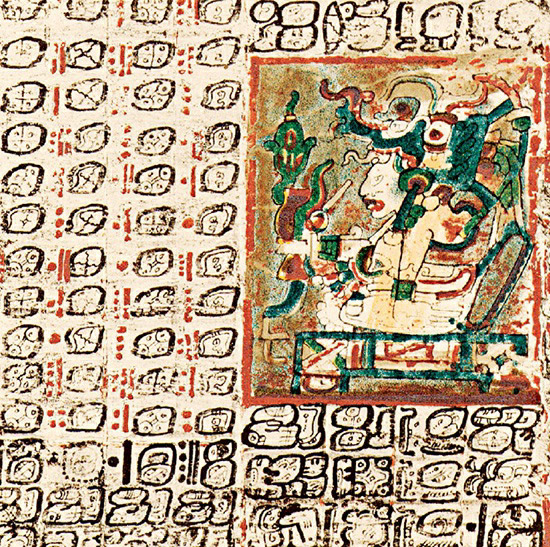Mayan astronomy, flourishing from around 2000 BCE to 900 CE, represents a pinnacle of scientific achievement in Mesoamerica, paralleling the advancements of European, Arabic, Persian, and Asian astronomers. Despite the scarcity of written records, the surviving Dresden Codex, a treasured artifact from the late Mayan period, offers a glimpse into the sophistication of Mayan astronomical studies.
This codex, primarily an astronomical manual, comprises 74 pages of intricate tables and illustrations. These tables meticulously chart the motions of the Sun, Moon, Venus, and other known planets, showcasing the Mayans’ profound understanding of celestial cycles. The codex highlights their ability to predict Venus’ cycles with a 584-day periodicity and lunar phases over 25,377 days, along with their exceptional skills in forecasting eclipses and celestial alignments. Such precise astronomical knowledge implies centuries of rigorous observation and the use of advanced techniques, possibly surpassing their Babylonian and Greek predecessors.
The utilization of this astronomical wisdom by the Mayans likely extended beyond mere observation. It was intricately woven into their religious rituals, agricultural practices, societal norms, and potentially even military strategies. The Dresden Codex stands as a testament to the Mayan civilization’s intellectual prowess and their deep connection to the cosmos.

